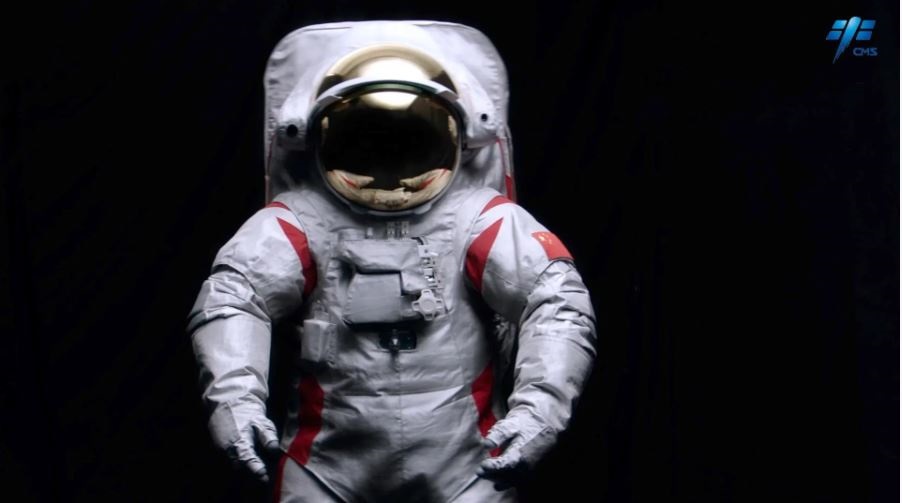
DNVN - The US's goal of returning humans to the Moon in the Artemis III mission is being delayed, while China's space program is making good progress without any significant setbacks or delays.
Will the next person on the Moon speak English or Mandarin? Between 1969 and 1972, 12 Americans walked on the lunar surface. Both the US and China are in a race to return humans to the moon this decade.
But the US lunar program has been delayed, largely due to incomplete spacesuits and lunar lander, while China aims to land astronauts on the moon by 2030, and its planned milestones have often been met on time.
A few years ago, this prospect seemed unthinkable. Now, however, it is becoming clear that China could overtake the United States in the space race. Who will get there first, and what will it mean?
Two opposing goals of two great powers
NASA has named its lunar exploration program Artemis and is working with international and commercial partners to share costs. NASA has planned three missions to return Americans to the Moon.
In November 2022, NASA will launch the Orion spacecraft to orbit the Moon without astronauts on its first mission - Artemis I.
Artemis II is scheduled for late 2025, but this time with four astronauts on board Orion, though it has not yet landed. The landing will be for the Artemis III mission, which will put the first man and woman on the Moon. Among them will be the first person of color on the surface of the planet.
Artemis III was scheduled to launch in 2026, but a December 2023 review put the possibility of it being pushed back to February 2028.
China's space program, by contrast, has progressed rapidly without setbacks or delays. Chinese officials said in April that the country aims to send astronauts to the moon by 2030.
For a country that only sent its first astronaut into space in 2003, this is a huge step forward. China has operated a space station since 2011 and has made significant achievements through its Chang'e lunar exploration program.
Robotic missions have brought back samples from the surface, including from the “dark side” of the Moon, testing technologies crucial for human landings. The next mission will land at the Moon’s south pole, where there are reserves of ice.
The water could be used to sustain life at the lunar base and provide hydrogen for rockets. Producing fuel directly on the moon would be more economical than bringing it from Earth and could help support further exploration. That’s why Artemis III will land at the south pole, where the US and China plan to build permanent bases.
On September 28, 2024, China unveiled its spacesuit for the lunar mission, also known as the "selenaut". This suit protects the wearer from temperature changes and solar radiation, while being lightweight and flexible.
Is China Overtaking the US?
But is this a sign that China has overtaken the US in the race to the Moon? Axiom Space, the company that makes the Artemis Moon suit, is having to make changes to the design that NASA has proposed.
The lander that will take American astronauts from orbit to the surface of the Moon has also faced delays. In 2021, Elon Musk's SpaceX has been awarded a contract to build a lander based on Starship, a 50-meter-long craft launched on the most powerful rocket.
Starships can't fly directly to the Moon, but must refuel in Earth orbit (using other Starships as "fuel tankers"). SpaceX needs to prove this capability and attempt a lunar landing before Artemis III can take off.
Additionally, the Artemis I mission encountered a problem when Orion's heat shield was severely damaged during its re-entry into Earth's atmosphere. NASA engineers are working on a solution ahead of the Artemis II mission.
Some critics have argued that Artemis is too complex, citing the way it will get astronauts and landers into orbit, the large number of independent commercial partners, and the number of Starship launches required. It will take between four and 15 Starship flights to fully refuel Artemis III.
Former NASA administrator Michael Griffin has advocated a simpler approach, similar to how China plans to land on the moon, suggesting NASA work with traditional partners like Boeing instead of “newcomers” like SpaceX.
But simplicity isn’t necessarily better or cheaper. While the Apollo program was less complex, it cost nearly three times as much as Artemis. SpaceX has been more efficient and more cost-effective than Boeing in getting crews to the International Space Station.
Cao Thong (t/h)
Source: https://doanhnghiepvn.vn/cong-nghe/trung-quoc-tien-gan-hon-toi-muc-tieu-dua-nguoi-len-mat-trang-vuot-qua-my-trong-cuoc-dua-vu-tru/20241030080139748


![[Photo] Prime Minister Pham Minh Chinh receives Swedish Minister of International Development Cooperation and Foreign Trade](https://vphoto.vietnam.vn/thumb/1200x675/vietnam/resource/IMAGE/2025/5/12/ae50d0bb57584fd1bbe1cd77d9ad6d97)
![[Photo] Prime Minister Pham Minh Chinh starts construction of vital highway through Thai Binh and Nam Dinh](https://vphoto.vietnam.vn/thumb/1200x675/vietnam/resource/IMAGE/2025/5/12/52d98584ccea4c8dbf7c7f7484433af5)



![[Photo] Prime Minister Pham Minh Chinh works with the Standing Committee of Thai Binh Provincial Party Committee](https://vphoto.vietnam.vn/thumb/1200x675/vietnam/resource/IMAGE/2025/5/12/f514ab990c544e05a446f77bba59c7d1)




![[Photo] Explore the Great Wall of Water in the Suburbs of Beijing, China](https://vphoto.vietnam.vn/thumb/402x226/vietnam/resource/IMAGE/2025/5/5/c2e706533d824a329167c84669e581a0)



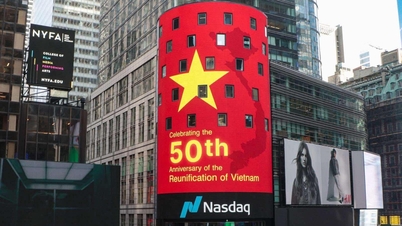


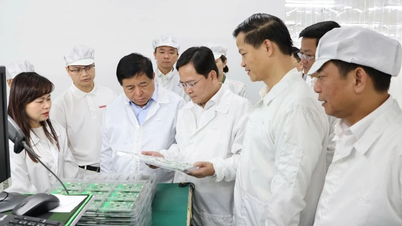


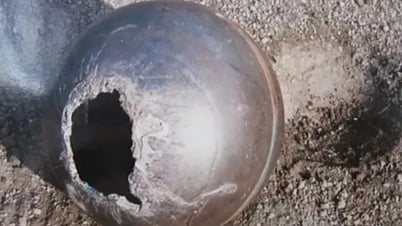
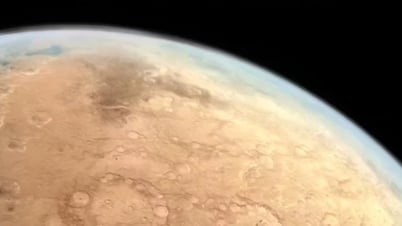






























































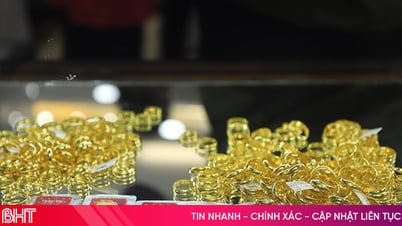












Comment (0)